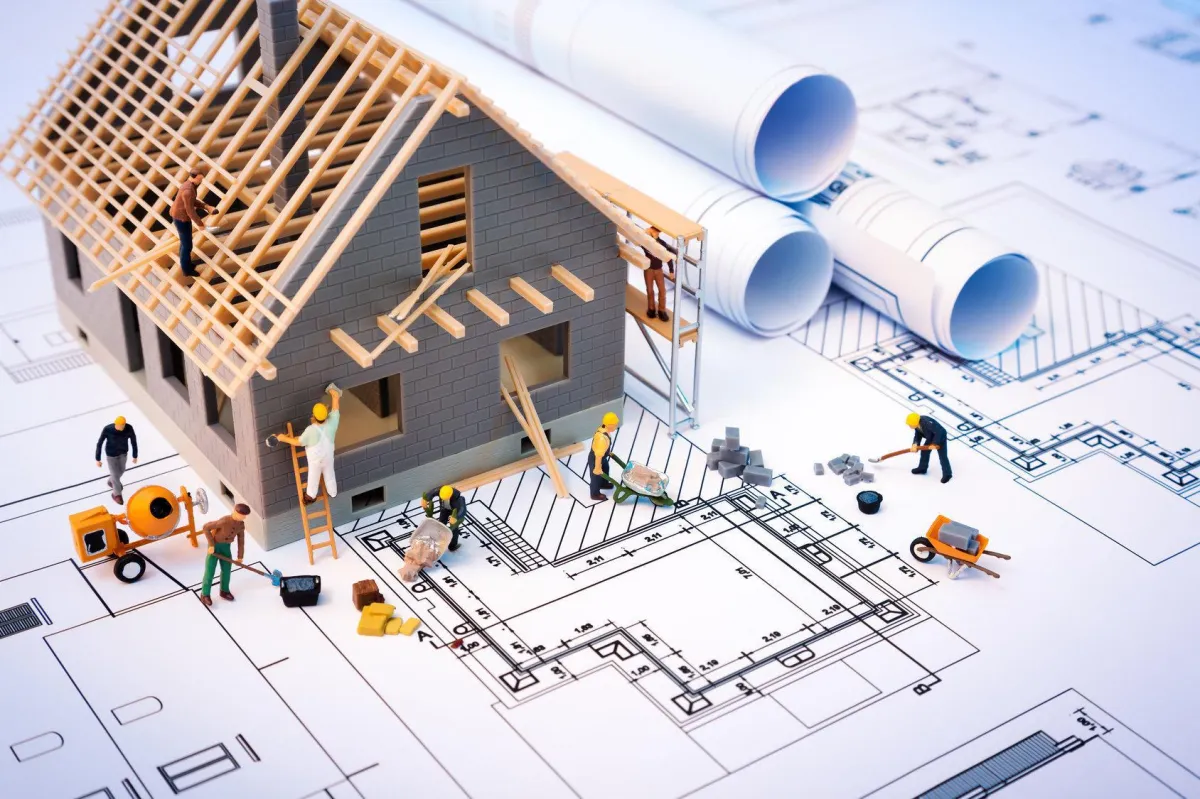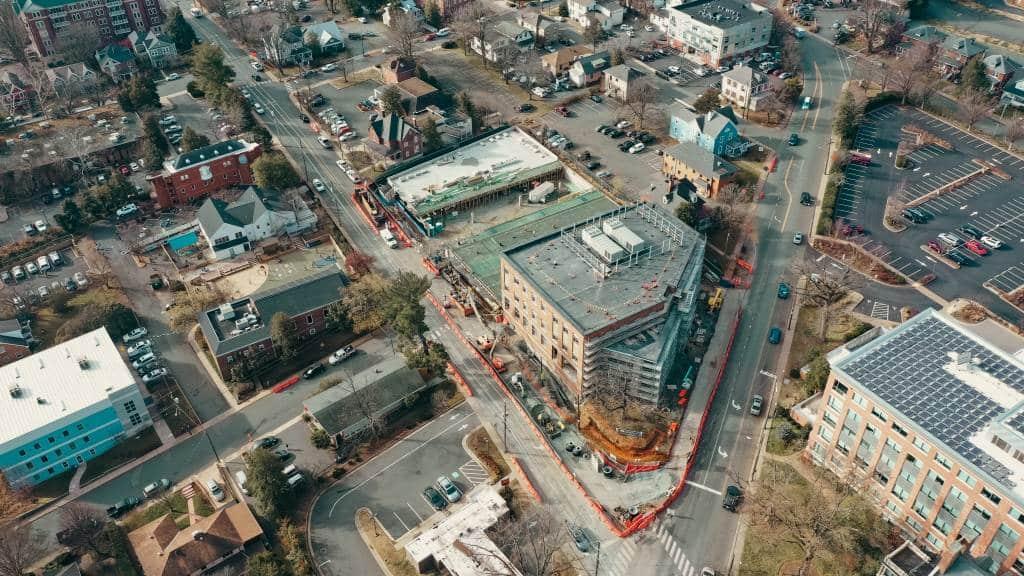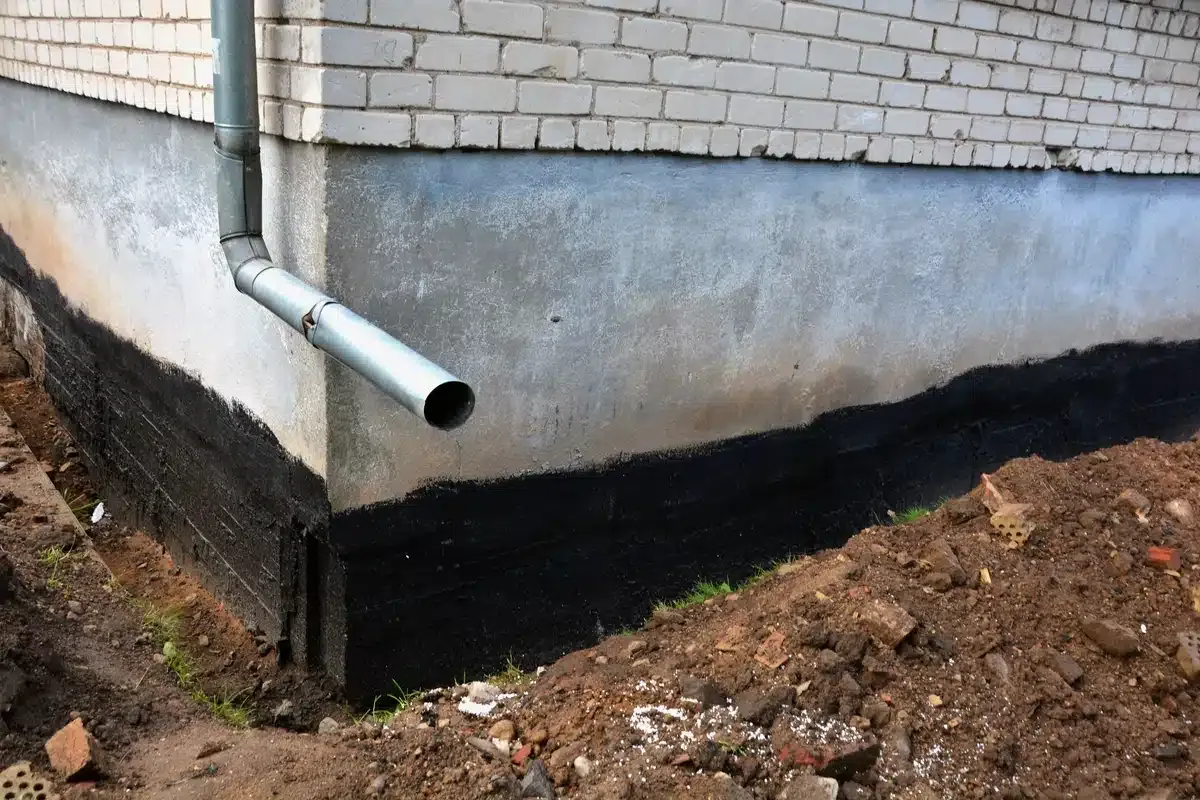
Why Foundation Repair Costs More in the Bay Area (and How to Save)
Protect your biggest investment before it’s too late.
A house is only as strong as the ground it’s built on. Yet here in the Bay Area, the very ground that holds up our homes is constantly moving, shifting, and reacting to weather, seismic activity, and age-old geological patterns. As a homeowner, this means one crucial truth: foundation problems are more likely here—and they cost more to fix.
If you’ve already received an estimate for foundation repair and felt your jaw drop—you're not alone. But before you panic or put off the work (which can be a dangerous mistake), it’s important to understand why repairs in our region are pricier than in other parts of California or the U.S., and what smart Bay Area homeowners can do to protect their home and their wallet.
At Montclair Construction, we’ve seen it all. For over 40 years, we’ve repaired, reinforced, and future-proofed foundations from historic homes in Alameda to mid-century homes in the Oakland Hills. We know the challenges, and more importantly, we know the solutions.
So let’s take a deep dive into the hidden forces driving up foundation repair costs, then show you how to save thousands while keeping your home safe and stable.
Why Foundation Repair is More Expensive in the Bay Area

Challenging Soil Conditions Beneath Your Home
Much of the Bay Area is built on expansive clay, fill, or unstable hillside terrain. This type of soil shifts constantly throughout the year, expanding when it rains and shrinking during dry seasons. That movement puts pressure on your foundation, causing cracks, settling, and structural damage over time. To fix it properly, contractors often need to dig deeper, install piers or helical supports, and customize solutions based on site-specific soil conditions. These advanced methods and materials naturally raise the overall cost of repair.

Earthquake Risk Demands Seismic Safety Upgrades
Living in an earthquake-prone region means foundation repairs aren’t just about fixing cracks—they must also protect your home from future seismic activity. Cities across the Bay Area require seismic retrofitting during many foundation projects, which involves adding anchor bolts, steel framing connectors, shear walls, and bracing systems. These upgrades are essential for safety, but they also add complexity, engineering requirements, and labor time to every job—leading to higher costs compared to areas with lower seismic risk.

Strict Local Building Codes and Permits
Each Bay Area city enforces detailed and evolving building regulations. Whether you're in Oakland, Berkeley, or San Francisco, a foundation repair usually requires city permits, engineering plans, and multiple inspections. The process can be time-consuming, and the paperwork alone adds administrative fees. On top of that, cities often require up-to-date seismic compliance, making the scope of work more intensive. Complying with these codes ensures safety and longevity, but it also adds both time and cost to the project.

Labor, Material, and Access Challenges
Construction costs are simply higher in the Bay Area. Skilled labor is in demand and wages reflect the high cost of living, while materials like concrete and steel come at a premium. On top of that, many homes are located on narrow streets or steep lots, making access difficult. Excavation might need to be done by hand, and equipment use can be limited. All of these challenges increase labor hours, slow down progress, and require more planning—further raising the final cost of foundation repair in our region.
Why Foundation Repairs Cost More in the Bay Area

The Soil is Working Against You
Let’s start with what you can’t see: the soil under your home.
Most of the Bay Area is made up of expansive clay soil, meaning it expands dramatically when it gets wet and shrinks just as drastically when it dries out.
This leads to:
• Foundation shifting
• Cracks in walls and slabs
• Sloping floors
• Sticking doors and windows
• Long-term structural stress
In cities like Oakland, Berkeley, and San Leandro, many homes were built decades before modern soil engineering standards, making them even more vulnerable. You’re not just dealing with normal settling—you’re dealing with unstable terrain that literally moves with the seasons.
Add in the fact that some homes are built on engineered fill or near marshland (like parts of Emeryville or Treasure Island), and the risk multiplies. This kind of soil demands custom engineering, deeper piers, and often more excavation to stabilize the structure—all of which add to the cost.
Seismic Activity Means Stricter Standards
Welcome to Earthquake Central. The Bay Area sits near several major fault lines, including:
• The Hayward Fault (running right through Oakland)
• The San Andreas Fault
• The Calaveras Fault
Every major city here requires foundation repairs to be designed with earthquake resilience in mind. That means:
• Seismic retrofitting
• Bolting the house to the foundation
• Reinforcing cripple walls
• Shear wall installation
• Using seismic anchors and framing connectors
These aren’t optional—they’re mandated by building codes to protect lives and property. While this is good for safety, it does make foundation projects more complex and expensive.

Permitting and Inspection Overload
Bay Area building departments are notoriously strict—especially when it comes to structural work. Here’s what you may need before you can even begin a repair:
• Engineering drawings
• A soil report
• Multiple permit applications
• Neighborhood impact reviews
• Final sign-off from a structural inspector
And that’s just the paperwork. The approval process can add weeks to your timeline—and thousands to your budget. In cities like San Francisco or Berkeley, permit fees alone can run into the thousands. It’s not just about fixing the foundation—it’s about navigating a complex regulatory environment.
Labor is Expensive (and Rightfully So)
In the Bay Area, skilled labor doesn’t come cheap—and for good reason. Foundation repair requires:
• Licensed contractors
• Structural engineers
• Concrete specialists
• Excavation crews
• Seismic retrofitting pros
These professionals demand (and deserve) higher wages, especially given the cost of living here. Pair that with construction worker shortages, and you’ve got a hot labor market where quality workers are in high demand.
At Montclair Construction, we don’t cut corners. We work with vetted professionals who bring craftsmanship and integrity to every job—and that level of quality comes with a price, but also peace of mind.

Tight Urban Lots and Difficult Access
Ever tried bringing an excavator down a narrow alley between two Victorian homes in the middle of Oakland?
Urban homes often pose unique challenges:
• Limited street parking
• Tight spacing between buildings
• Sloped lots
• Overhead utility lines
• Tree roots and old pipes underground
All these factors make foundation access more complicated, requiring hand excavation, smaller tools, and more labor hours. Time is money—and when it takes twice as long to reach your foundation, your quote reflects that.
How to Save Big (Without Sacrificing Quality)
Catch Foundation Problems Early—Before They Get Expensive
Foundation damage is like tooth decay—it only gets worse (and more costly) the longer you ignore it.
Watch for these early warning signs:
• Cracks in walls or ceilings (especially at corners or window frames)
• Doors and windows that won’t close properly
• Floors that slope or bounce
• Gaps between baseboards and floors
• Water in crawl spaces
Even if the symptoms seem small, they may point to major underlying movement. Fixing them early could mean a $5,000 repair instead of a $50,000 rebuild.

Choose a Contractor That Understands Bay Area Conditions
Not all foundation contractors are created equal. Out-of-area companies might offer lower prices—but they often don’t understand our unique soil, building codes, or seismic needs.
Montclair Construction is:
• Locally owned and operated since 1983
• Deeply familiar with Bay Area city permitting systems
• Fully licensed, bonded, and insured
• Equipped with experience in historic homes, hillside builds, and seismic upgrades
We don’t just do the work—we do it right the first time, saving you money, stress, and future repairs.
Don’t Always Assume the Worst
Just because you see a crack doesn’t mean you need a new foundation. Many homes benefit from:
• Partial underpinning (not the entire foundation)
• Localized repairs to one wall or footing
• Improved drainage to stop future damage
• Seismic retrofits instead of full replacement
At Montclair Construction, we believe in honest assessments, not upsells. We’ll give you multiple repair options when possible and help you understand the pros and cons of each.

Bundle Repairs with Other Projects
If you’re already doing a remodel—say a kitchen upgrade, basement conversion, or new ADU—add foundation reinforcement at the same time. You can save on:
• Permit fees (bundle them)
• Labor (crews are already on-site)
• Equipment rentals (like lifts or excavators)
We’ll even coordinate with your other contractors to ensure smooth project management across all trades.
